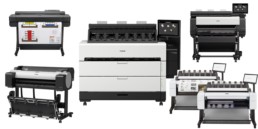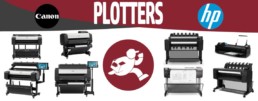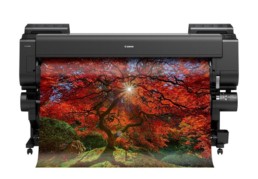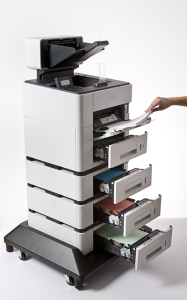 How many of your employees have their own desktop printer sitting on top of their desk? Everyone? Maybe one out of every three or so? No matter the number, the answer is probably “too many.” Sure, there are many arguments for the desktop printer: it’s incredibly convenient, it insures privacy, etc. On the flip side, it’s incredibly expensive and difficult to manage the consumables. Brother, a high quality printer manufacturer, has pioneered what I feel is a great deployment strategy for more efficient printing. They call them “printer pods.” What is a printer pod? Let’s break it down.
How many of your employees have their own desktop printer sitting on top of their desk? Everyone? Maybe one out of every three or so? No matter the number, the answer is probably “too many.” Sure, there are many arguments for the desktop printer: it’s incredibly convenient, it insures privacy, etc. On the flip side, it’s incredibly expensive and difficult to manage the consumables. Brother, a high quality printer manufacturer, has pioneered what I feel is a great deployment strategy for more efficient printing. They call them “printer pods.” What is a printer pod? Let’s break it down.
Let’s say, for example, you have 10 employees in your office and they all of their own printer. That’s 10 different sets of ink you need to buy, 10 different places to store paper, and 10 different machines to repair if anything breaks down. Rather than having 10 low-end machines littered throughout your office, Brother suggests a different approach. Invest in 2-3 high-quality, high-volume printers that you put in a central location. This keeps the printers accessible, but cuts down on a lot of waste and also gives you incredible powerful machines that everyone can use. Brother recommends having the printers be within 25-35 feet of each of the users. The goal is to balance convenience and efficiency. Have 50 employees? 100? Use multiple pods!
Make sure you get printers that fit your duty cycles (the amount of pages you print monthly). Grab a high-volume B&W Multi-function laser printer, and a high quality color printer. The latter becomes particularly important if you do a lot of color printing or are printing higher-quality documents for presentations or for documents of higher importance. If you need to copy or scan in color, put more emphasis on getting a color MFP. If you’re going digital, or if you simply do a lot of document scanning, you may even want to consider a dedicated scanner than can process exceptionally large jobs.
Moving to a printer hub achieves a few things. One, it makes ordering much easier. Instead of 10 sets of inks, you might need to order one black toner and a set of color inks for the color machine. Two, it saves you money in the long run. Sure, the equipment can be expensive up front, but now you’ll only have to buy, repair, and eventually replace 2-3 machines instead of 10 or more. It’s a critical advantage. Also, some higher end machines come with high-yield, or even super-high yield-cartridges that can bring the cost per print down significantly.
One of the primary concerns with having centrally located printers is the lack of security, but many newer printers alleviate this risk with NFC ID cards or pin numbers for each user. That way someone can send a print job to the queue and it won’t run until the user is present and releases it. The biggest potential drawback is if your users are very spread out, as it can become inconvenient to go 50 feet if you just want to pick up a sheet of paper.
I hope this at least provides another perspective on a way to organize your printing. You may even want to introduce this on a smaller level with smaller groups to see how it goes before completely diving headfirst into it. Leave a comment if you’ve found a system that works well for you! We’d love to hear from you.
– Andy Richter
Related Posts
September 10, 2021
Picking the Perfect Plotter For Your Needs – v2.0
October 17, 2016
